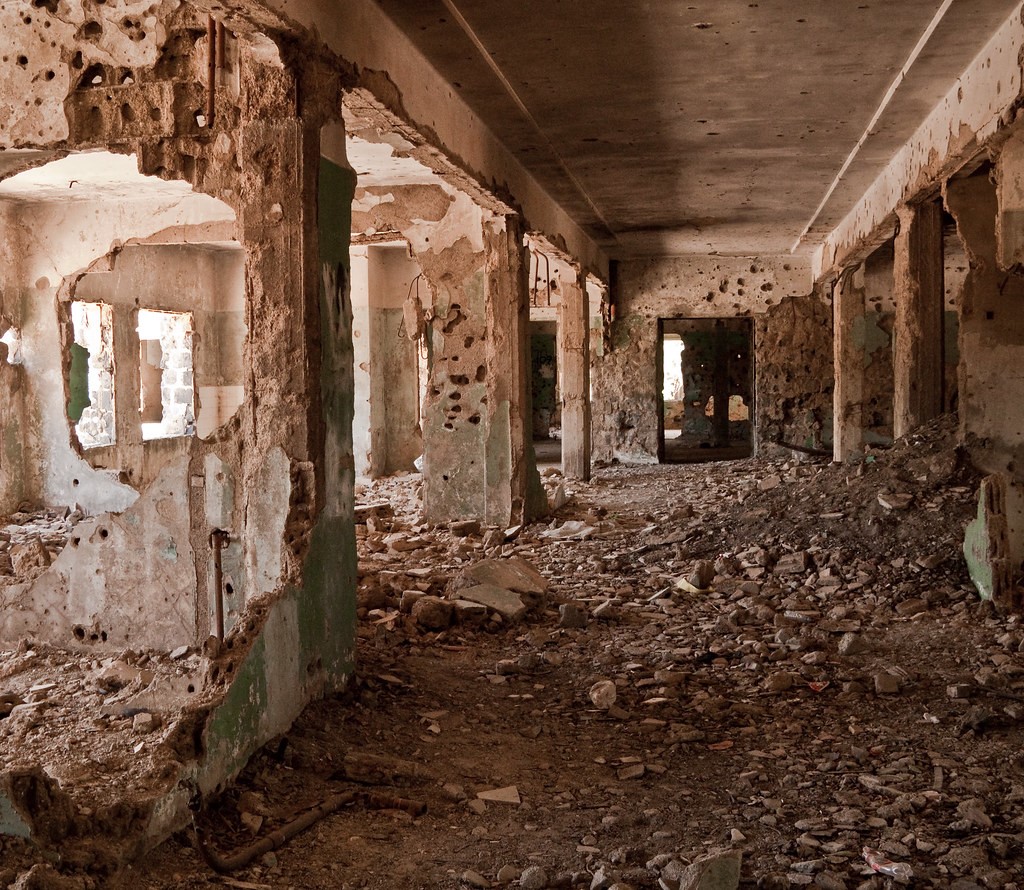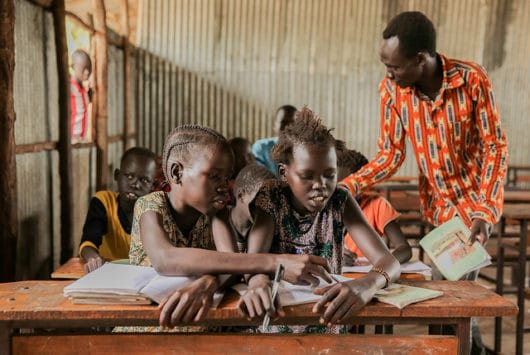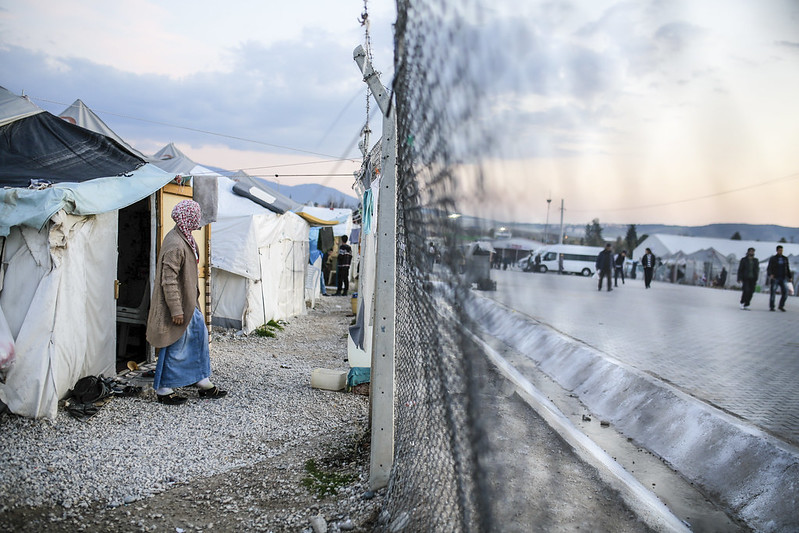 The Syrian Civil War began in March 2011. Over a decade later, the world is still seeing the effects of this conflict. The once beautiful and culturally rich country has transformed into a horrific war scene. The war has created approximately 5.5 million Syrian refugees and an additional 6.8 million displaced within their home country. Documented refugees are still surviving in camps and informal settlements. Many of these refugees live with their families in tents, in overcrowded and unsanitary living conditions. There are limited resources, medical facilities and job opportunities within these camps. It is estimated that over 12 million Syrians are food insecure. Three organizations improving conditions inside Syrian refugee camps include the Karam Foundation, UNHCR and the International Medical Corps.
The Syrian Civil War began in March 2011. Over a decade later, the world is still seeing the effects of this conflict. The once beautiful and culturally rich country has transformed into a horrific war scene. The war has created approximately 5.5 million Syrian refugees and an additional 6.8 million displaced within their home country. Documented refugees are still surviving in camps and informal settlements. Many of these refugees live with their families in tents, in overcrowded and unsanitary living conditions. There are limited resources, medical facilities and job opportunities within these camps. It is estimated that over 12 million Syrians are food insecure. Three organizations improving conditions inside Syrian refugee camps include the Karam Foundation, UNHCR and the International Medical Corps.
The Karam Foundation
Karam means generosity in Arabic. The Karam Foundation works alongside displaced Syrian youth to empower and educate individuals, redefining what it looks like to be a refugee. The organization works on the ground in Istanbul and Reyhanli, Turkey.
This foundation believes in self-sufficiency and takes a radically unique approach toward humanitarian aid. Community and mentorship are founding values that are present in the Karam House, a safe space for youth and their families to connect with others and learn through creative workshops and innovative educational programs.
Also, the Karam Foundation strives to inspire Syrian youth to become future leaders, empowering individuals with the skills they need to thrive. Nearly 5,000 lives have been impacted so far; their objective is to reach 10,000 young Syrian refugees by 2028.
UNHCR, the U.N. Refugee Agency
Located in Jordan, the Za’atari Refugee camp is the largest Syrian refugee camp in the world, hosting approximately 80,000 people. According to the U.N. Refugee Agency, 32 organizations and nonprofits are currently operating within Za’atari, all employed and managed by UNHCR.
UNHCR has been leading humanitarian efforts since the founding of the camp in 2012. It provided tents to the first refugees and has since replaced them with 25,000 prefabricated shelters. In 2017, a solar power plant was installed, providing power to the camp between nine and 12 hours a day.
This global organization also provides refugees with money quarterly to assist them in attaining their basic needs.
International Medical Corps
As a global first responder, the International Medical Corps is another important organization improving conditions inside Syrian refugee camps. Its international team responds to those affected by war, natural disasters and disease, regardless of location.
Since its founding in 1984, the International Medical Corps has delivered aid to people in more than 80 countries. The organization values self-reliance and thus trains communities in medical response, further strengthening global health care systems.
Its 2022 operations in Damascus alone have provided 316,702 primary health care consultations, 24,638 child screenings for malnutrition, and reached 6,690 people with psychosocial activities. The International Medical Corps has also responded to thousands in need of mental health support in Syria.
Several other organizations and nonprofits are delivering humanitarian aid to Syrian refugees, including Direct Relief, World Relief, the International Rescue Committee and Anera. Each organization provides vital support and resources to those trapped in the ongoing conflict.
– Sophia Loizos
Photo: Flickr

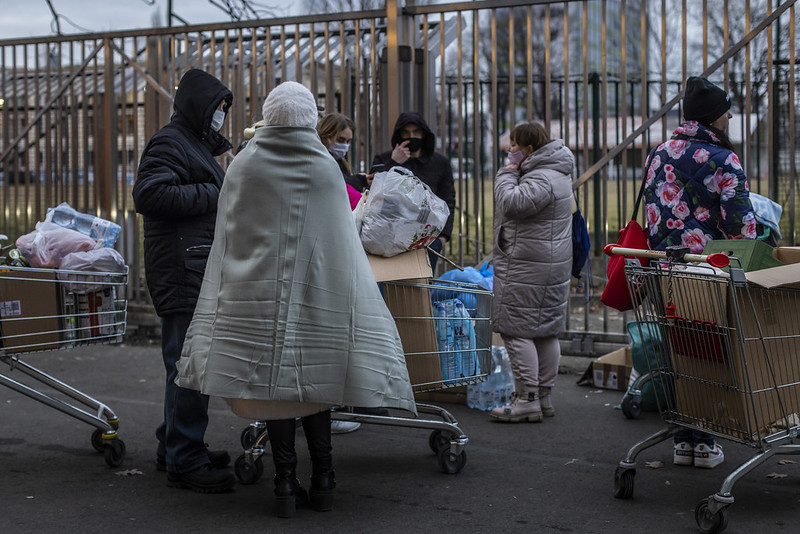
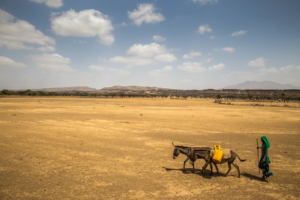
 The video game industry is doing its part in the global fight against COVID-19. The online video game storefront, Humble Bundle, is playing a major role in charitable efforts. As of May 28, 2021, Humble Bundle has
The video game industry is doing its part in the global fight against COVID-19. The online video game storefront, Humble Bundle, is playing a major role in charitable efforts. As of May 28, 2021, Humble Bundle has Hundreds of thousands of
Hundreds of thousands of 

